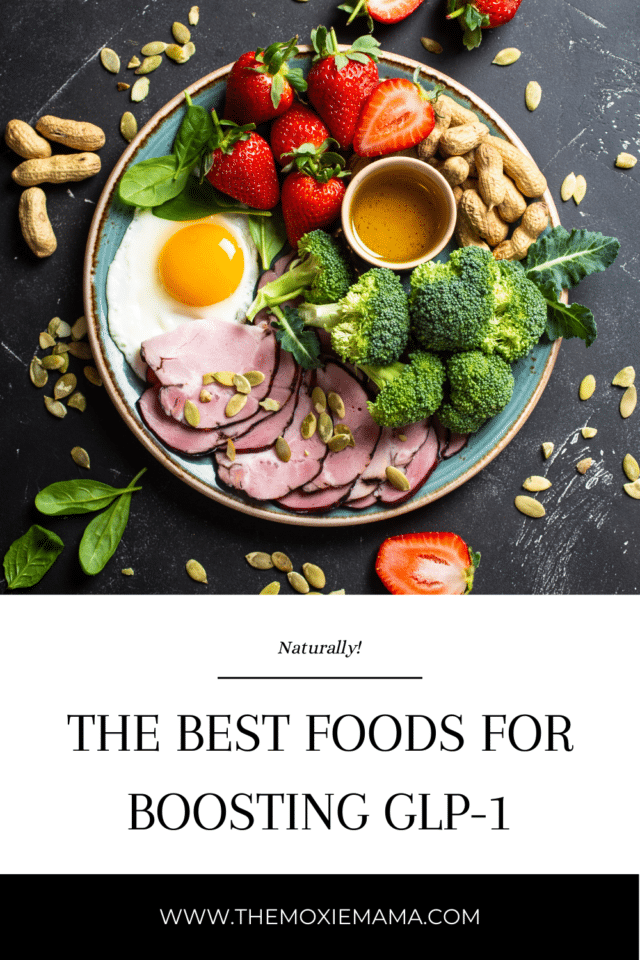GLP-1 (glucagon-like peptide-1) is a hormone produced by the intestines that plays a crucial role in regulating blood sugar levels and appetite. Medications like Ozempic and Mounjaro are designed to mimic the effects of the hormone GLP-1 in the body. These drugs are known as GLP-1 receptor agonists, which means they bind to the same receptors in the body that GLP-1 does and stimulate similar effects.

GLP-1 receptor agonists like Ozempic and Mounjaro can help lower blood sugar levels by stimulating insulin release from the pancreas, slowing down digestion to reduce glucose absorption, and reducing glucose production by the liver. They can also help with weight loss by reducing appetite and increasing feelings of fullness.
While there are no specific foods that can create natural GLP-1 in the body, there are certain eating patterns and nutrients that can stimulate its production. Here are some examples:
High-fiber foods: Foods that are high in fiber, such as vegetables, fruits, whole grains, and legumes, can stimulate GLP-1 production. This is because fiber slows down digestion, which allows GLP-1 to be released and remain active in the body for longer.
Protein-rich foods: Protein is known to stimulate the release of GLP-1. Some examples of protein-rich foods include meat, fish, eggs, dairy, and legumes.
Low-carbohydrate diets: Low-carbohydrate diets, such as the ketogenic diet, have been shown to increase GLP-1 levels in the body. This may be due to the fact that low-carbohydrate diets reduce the amount of glucose in the blood, which stimulates GLP-1 release.
Intermittent fasting: Intermittent fasting, which involves restricting food intake for periods of time, has been shown to increase GLP-1 levels in the body. This may be because fasting reduces the amount of glucose in the blood, which stimulates GLP-1 release.
Omega-3 fatty acids: Omega-3 fatty acids, which are found in fatty fish, nuts, and seeds, have been shown to increase GLP-1 levels in the body. This may be due to the anti-inflammatory effects of omega-3s, which can improve the health of the gut and stimulate GLP-1 release.
It’s important to note that while these foods and eating patterns may stimulate GLP-1 production, they should be part of a balanced and healthy diet. If you have concerns about your blood sugar levels or appetite, it’s important to speak with a healthcare professional for personalized advice.

